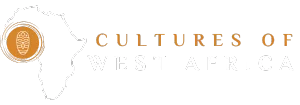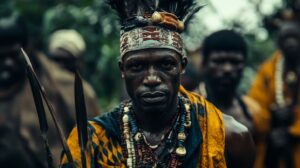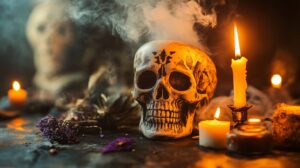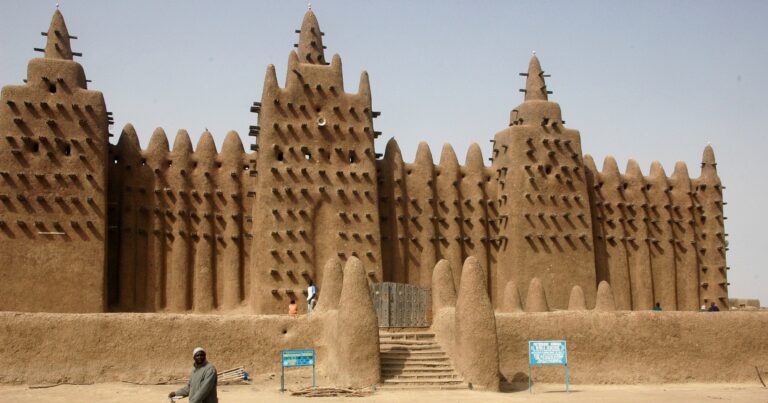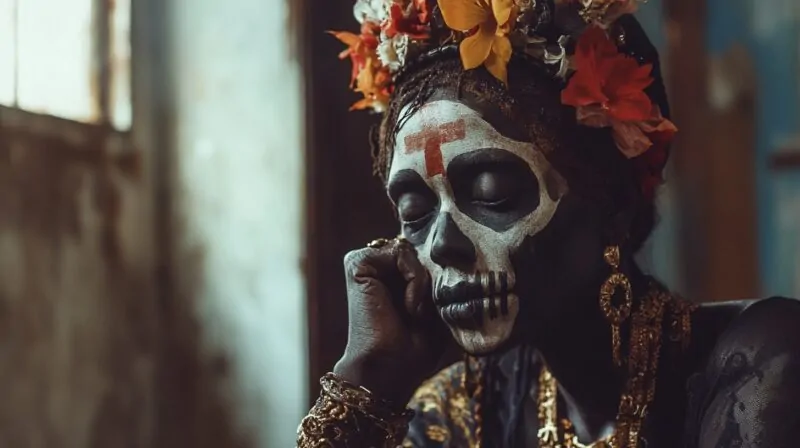
Voodoo (or Vodou) is a complex spiritual and religious practice originating in West African traditions.
Often misunderstood due to its negative portrayal in popular culture, Voodoo is more than a mystical or “dark” practice.
It is a syncretic religion, meaning it blends different traditions, such as African spiritual beliefs and Catholicism.
Voodoo has become particularly significant in Haiti and New Orleans, where it plays an important cultural and religious role.
Now, let us see where it comes from and how it came to be.
Voodoo has African Origins
Voodoo’s deep roots in West Africa date back over 6,000 years, primarily emerging from the spiritual practices of the peoples in the Dahomey region (modern-day Benin), particularly:
- Fon
- Yoruba
- Ewe
- Kongo
These cultures shared profound beliefs that shaped the foundation of Voodoo, emphasizing a strong connection to the spiritual realm and natural world.
Voodoo rituals were, and still are, physical and spiritual expressions that facilitate communication with the lwa.
These ceremonies often feature drumming, chanting, and dancing, which help practitioners transcend the physical world and interact with the spiritual one.
- Rituals: Drumming, dancing, and chanting are used to enter spiritual states and connect with spirits.
- Spiritual Possession: Spirits (lwa) can temporarily possess practitioners, guiding their actions or delivering messages through them.
- Ancestor Worship: Offerings are made to ancestors, who are revered as protectors and intermediaries between the living and the spirit world.
These key elements of West African Voodoo provided a foundation that, over time, adapted and evolved as the practice crossed the Atlantic during the slave trade. The rituals and beliefs continued to thrive and grow, merging with new influences in the Americas while maintaining their African roots.
We will address these rituals later, in greater detail.
Syncretism with Catholicism
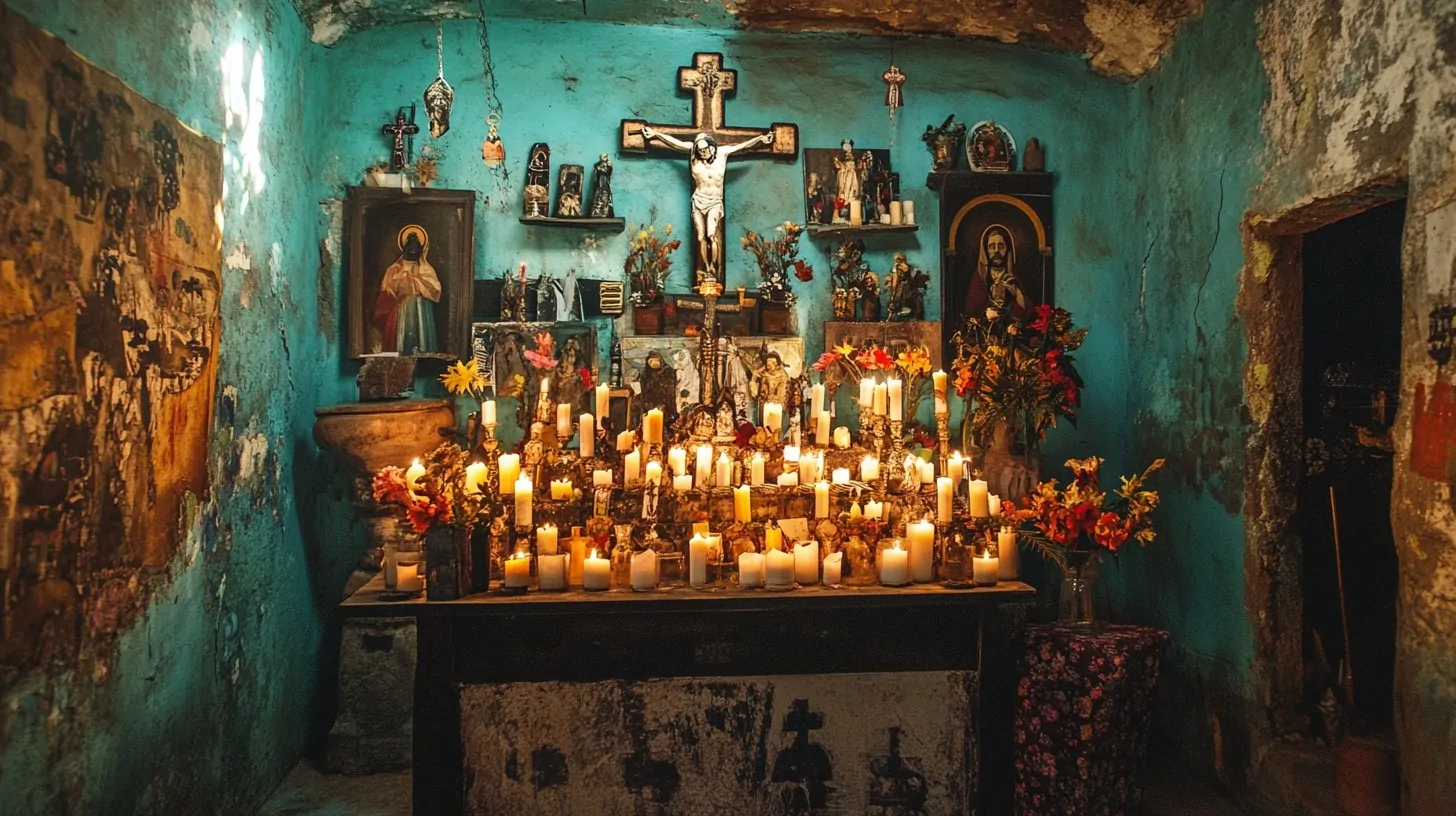
When Voodoo arrived in the New World through the transatlantic slave trade, enslaved Africans carried their spiritual practices with them.
However, colonial powers sought to suppress African spirituality by forcing the enslaved to adopt Catholicism.
Enslaved Africans merged their traditional beliefs with Catholic rituals, creating a blend known as syncretism.
Equating African deities with Catholic saints
For example, the lwa Papa Legba, the gatekeeper between the physical and spiritual worlds, was associated with St. Peter, who holds the keys to heaven.
Other African spirits were linked to Catholic saints, allowing practitioners to worship their deities within Catholic rituals.
Integration of Catholic practices
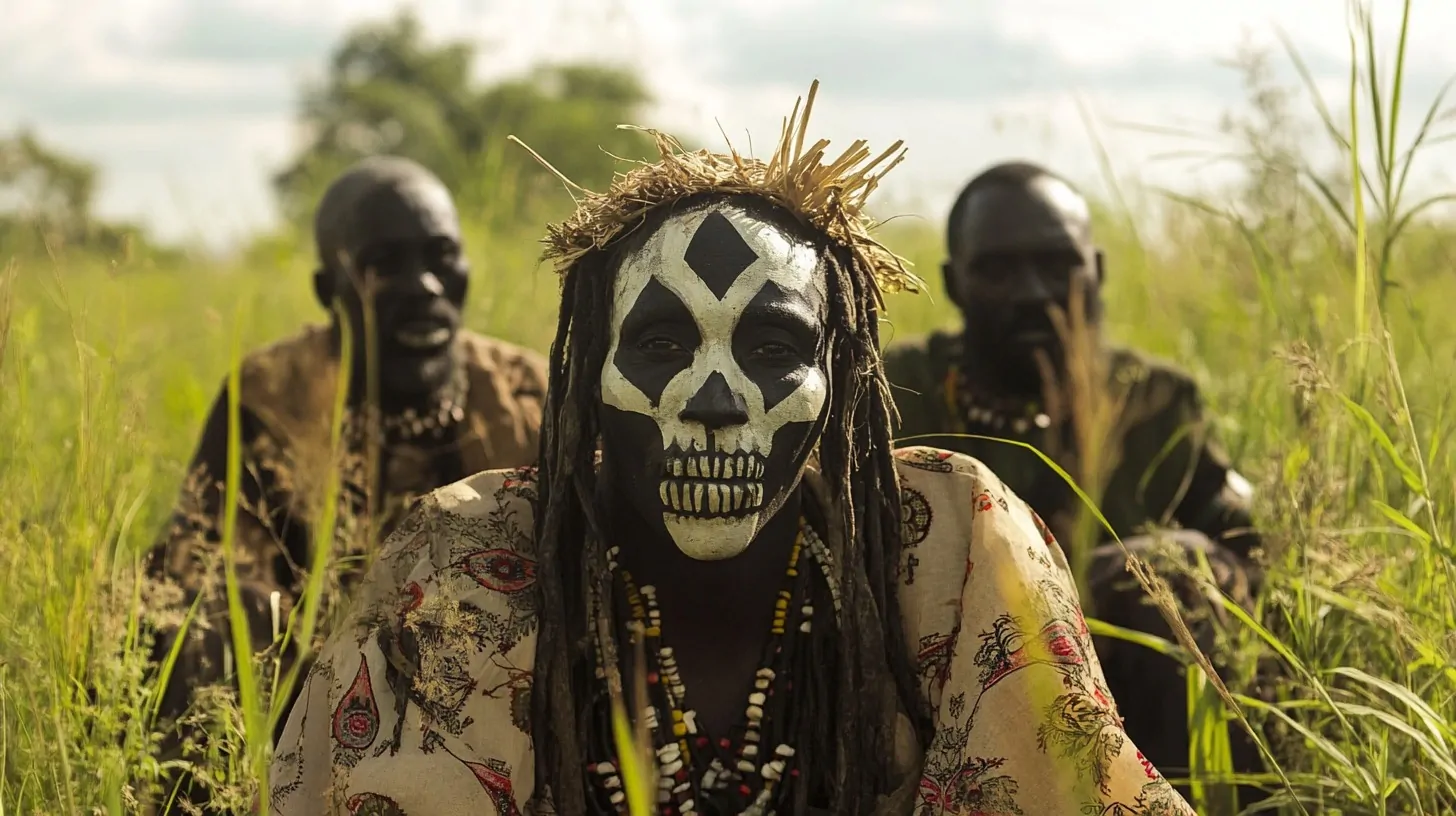
Rituals like baptisms, the use of candles, crosses, holy water, and prayers (such as the Lord’s Prayer and Hail Mary) became part of Voodoo ceremonies.
These prayers were often directed toward African spirits instead of Catholic saints, preserving African traditions within a Catholic framework.
Cultural resistance
The fusion allowed Voodoo practitioners to continue their worship while outwardly conforming to Catholic expectations.
In Haiti and New Orleans, the blend of African spirituality and Catholicism became particularly strong, giving rise to distinct Voodoo-Catholic practices that endure today. Of course, this syncretism is condemned by the Catholic Church.
Ultimately, this merging of traditions did more than preserve religious practices; it became a form of cultural resistance.
Enslaved Africans managed to retain their spiritual identity, despite the oppressive conditions they faced.
Today, the influence of this syncretic Voodoo-Catholicism remains visible in various forms of worship, particularly in Haiti and New Orleans.
Voodoo in New Orleans
Voodoo gained a significant foothold in New Orleans after the Haitian Revolution in the late 18th century, when many Haitians, both free and enslaved, fled to Louisiana.
They brought with them their Voodoo beliefs, which quickly merged with local customs and the strong Catholic influences already present in the region.
It is important to say that it is oftentimes confused with hoodoo. While it has some similarities, we cannot call it the same thing.
Over time, Voodoo in New Orleans evolved into both a deeply spiritual practice and a distinctive form of cultural expression that set the city apart from other regions in the U.S.
Key Figures in New Orleans Voodoo
Several iconic figures contributed to the growth and lasting influence in New Orleans. The most famous among them is Marie Laveau, widely known as the “Voodoo Queen.”
- Heal the sick
- Cast spells
- Offer spiritual guidance
Her influence transcended racial and social boundaries, making her a beloved and legendary figure in New Orleans’ history.
Another key figure was Dr. John, a Senegalese-born Voodoo king who became a central leader within New Orleans’ Voodoo community and a cultural icon in his own right.
Congo Square and the Rituals
Congo Square, located in what is now Louis Armstrong Park, became a significant gathering place for enslaved Africans, free people of color, and immigrants in the early 19th century.
These gatherings allowed practitioners to maintain and adapt their spiritual traditions in an often hostile and oppressive environment.
Over time, New Orleans became well-known for its elaborate rituals and its distinctive fusion of African, Caribbean, and French Catholic traditions, a legacy that continues in the city’s vibrant culture today.
What are its Rituals and Beliefs?
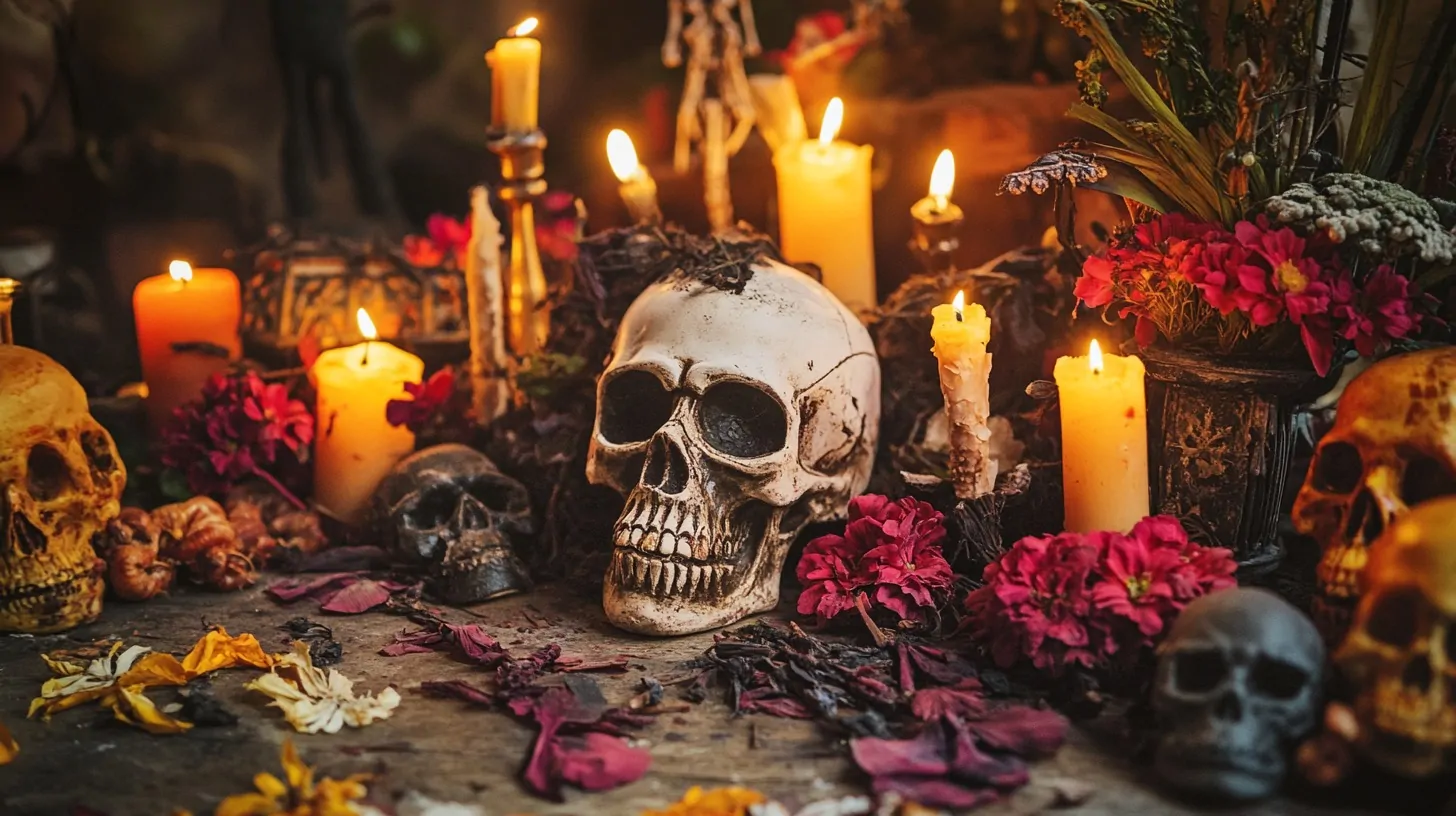
Voodoo is deeply rooted in the belief that the physical world and the spiritual world are closely interconnected.
At the core of Voodoo practice is the belief in a supreme creator, Bondye, who is considered distant and rarely interacts with the living world.
Instead of directly appealing to Bondye, Voodoo practitioners connect with intermediary spirits known as lwa. These lwa are responsible for various aspects of life, such as:
- Love
- Health
- Prosperity
Each lwa has distinct characteristics, preferences, and sacred symbols, and they are central to the daily lives of Voodoo practitioners.
Here are the practices that make this connection possible:
| Aspect | Description |
|---|---|
| Supreme Creator | Bondye, a distant and unreachable supreme creator. |
| Intermediary Spirits | Lwa, spirits that govern aspects of life such as love, health, and prosperity. Each lwa has its own personality, preferences, and sacred symbols. |
| Ritual Practices | Music, dancing, drumming, chanting, and spiritual possession to invoke the lwa. |
| Offerings | Food, drink, or animals offered to the lwa to seek their favor. |
| Healing Practices | Spiritual baths, herbs, and prayers used to treat physical or emotional ailments. |
| Divination | Tarot readings, casting shells or bones, or consulting a spiritual leader for guidance from the lwa. |
| Gris-Gris | Talismans or charms used for protection, luck, or influencing outcomes, often created during rituals. |
| Historical Ritual Sites | Congo Square in New Orleans, a key location for traditional Voodoo rituals. |
Interesting Facts: Recently, we could see that the rising gang violence in Haiti has pushed more people towards Voodoo.
How Does it Look Today?
Voodoo remains a significant cultural and religious practice, especially in Haiti and New Orleans.
Though films and media often portray it negatively, practitioners focus on healing, spiritual guidance, and connecting with their ancestors.
In Haiti, Voodoo is an official religion, and ceremonies play a key role in community life. Practitioners call upon the lwa for guidance, healing, and protection through rituals passed down for generations.
In New Orleans, Voodoo has seen a revival as efforts increase to educate the public about its true nature.
Shops in the French Quarter sell items like gris-gris and candles, while Voodoo tours offer insight into its history.
Many practitioners aim to dispel harmful stereotypes that have surrounded the religion for years.
Voodoo remains a source of cultural pride for many of African descent, symbolizing their ancestors’ resilience in the face of slavery and colonization.
Today, practitioners and scholars work to preserve rich traditions and dispel surrounding myths.
The Bottom Line
Voodoo remains an important cultural and religious practice, with deep roots in African spirituality and a long history of resilience against colonial oppression.
Efforts to preserve its true history and significance continue today, shedding light on its complex and misunderstood legacy.
Through education and practice, Voodoo’s influence endures, standing as a testament to the strength and adaptability of African traditions.

